The Transfer Factor: How to Sell Your Jeep and Retain Warranty Value
What's Covered? Decoding Your Jeep's Original Warranty
When you first drive your brand new Jeep off the lot, it comes equipped with a manufacturer's warranty, a safety net designed to protect you from unexpected repair costs due to manufacturing defects. This isn't just a single blanket of coverage; it's typically a multi-layered system.Most new Jeeps come with a Basic Limited Warranty, often referred to as a "bumper-to-bumper" warranty, which covers the majority of your vehicle's components, excluding wear items like tires and brake pads. This usually lasts for a specified time or mileage, for example, 3 years or 36,000 miles, whichever comes first. Then there's the Powertrain Limited Warranty, which covers vital components like the engine, transmission, and drive systems. This coverage often extends for a longer period, perhaps 5 years or 60,000 miles. Some Jeeps, particularly certain models or those sold in specific states, might also have separate warranties for emissions control systems.
Understanding these foundational coverages is crucial because they form the basis for what might be transferable to a new owner. While the basic warranty covers a broad range of items, it's important to remember it's designed for manufacturing defects, not for damage caused by accidents, misuse, or unauthorized modifications. Keeping pristine maintenance records from the start is paramount, as these records serve as proof that you've adhered to the manufacturer's recommended service schedule, which is often a prerequisite for warranty claims. Without these records, even a valid warranty might be challenged, making your used Jeep less appealing to a savvy buyer looking for guaranteed peace of mind.
The Transfer Factor: Can Your Jeep's Warranty Go with It?
This is where the "Transfer Factor" truly comes into play. The good news for Jeep owners is that most manufacturer's basic and powertrain limited warranties are, indeed, transferable to subsequent owners. This means that if your Jeep is still within its original warranty period, the new owner can often pick up right where you left off, enjoying the remaining coverage.However, it's not always a straightforward hand-off. The key distinction often lies between the original factory warranty and any extended service contracts (ESCs) or "extended warranties" you might have purchased. While factory warranties are typically transferable, extended service contracts can have very specific rules. Some are fully transferable, some are transferable for a fee, and some are strictly non-transferable and expire upon the sale of the vehicle. This is why it's absolutely critical to dig out your specific warranty documentation and read the fine print.
Don't assume all coverage automatically transfers. It's not uncommon for third-party extended warranties, in particular, to have stricter transfer policies or even require the original owner to maintain ownership for the warranty to remain valid. Always confirm with the warranty provider directly. A quick call to Stellantis (Jeep's parent company) or your extended warranty provider will clarify the exact transfer process, any associated fees, and what the new owner will need to do to activate it. This step is non-negotiable for maximizing your Jeep's resale value.
Prove It: Documenting Your Jeep's Warranty and Maintenance
In the world of used car sales, proof is power. A buyer isn't just purchasing a Jeep; they're purchasing confidence, and a well-documented warranty is a huge part of that.First things first, gather all your paperwork. This includes the original purchase agreement, the vehicle's warranty booklet (which contains the terms and conditions), and, if applicable, the full contract for any extended service plan you purchased. These documents are gold because they lay out exactly what's covered, for how long, and under what conditions. Having these ready to present to a prospective buyer immediately establishes trust and transparency.
Equally, if not more, important are your Jeep's maintenance records. A warranty, especially the powertrain warranty, is often contingent upon the vehicle being properly maintained according to the manufacturer's schedule. This means every oil change, tire rotation, fluid flush, and routine inspection should have a corresponding record. Whether it's service invoices from a dealership or detailed receipts from a trusted independent mechanic, these records validate that you've cared for your Jeep, making the warranty viable. Without a verifiable service history, a buyer might worry that the warranty could be voided due to neglect. Organize these records chronologically in a binder or a digital file for easy access.
Selling Smart: How to Leverage Warranty for a Better Deal
Now that you understand the intricacies of your Jeep's warranty and have all your documentation in order, it's time to use it as your secret weapon in the selling process.When crafting your online advertisement or describing your Jeep to potential buyers, make sure to prominently feature the transferable warranty. Phrases like "Still under factory warranty!" or "Transferable extended warranty included!" immediately catch the eye of serious buyers. Highlight the remaining years or miles of coverage. This isn't just a bullet point; it's a significant value proposition. It offers peace of mind against unexpected repair costs, which is one of the biggest anxieties for used car buyers.
Consider the difference between a private sale and a dealership trade-in. While dealerships often appreciate well-maintained vehicles, they typically won't pay a premium for a transferable warranty because they have their own reconditioning and certification processes. A private buyer, however, will see immense value in walking away with a used Jeep that still has factory-backed protection. This often translates directly into a higher asking price and a quicker sale.
Be prepared to explain the transfer process to the buyer. Walk them through the documents, explain any fees, and even offer to assist them with the necessary phone calls or paperwork to ensure a smooth transfer. This level of support further builds trust and differentiates your Jeep from the competition, making it an irresistible offer in the used car market.
Don't Get Stuck: Avoiding Common Warranty Transfer Issues
While the "Transfer Factor" can be a huge advantage, there are common pitfalls that can derail your efforts to sell your Jeep with its warranty intact. Being aware of these can save you headaches and ensure a smooth transaction.One of the biggest issues is misunderstanding the nature of your warranty. As discussed, factory warranties and extended service contracts can have vastly different transfer rules. Never assume; always verify with the provider. Another significant pitfall is a lack of documentation. If you can't provide the warranty agreement or a comprehensive service history, the warranty's perceived value drops dramatically, and its actual validity could be questioned by the manufacturer or buyer. Keep everything meticulously organized from day one.
Jeep owners, in particular, often love to customize their vehicles. While aftermarket modifications can enhance your Jeep's performance or aesthetics, they can also complicate warranty claims. Many modifications, especially those affecting the drivetrain or suspension (like lifts, oversized tires, or engine tunes), can void certain portions of the factory warranty. Be honest and transparent with potential buyers about any modifications and their potential impact on warranty coverage. It's better to be upfront than to have the new owner discover an issue down the line that voids their protection.
Finally, be mindful of transfer fees and time limits. Some extended warranties require a fee to transfer ownership, and there might be a specific window after the sale during which the transfer must be completed. Communicate these details clearly to the buyer so there are no surprises. By avoiding these common missteps, you ensure that the transferable warranty remains a powerful selling point, not a source of contention.
Conclusion
Selling your Jeep doesn't have to mean saying goodbye to its inherent value, especially when it comes to warranty coverage. By understanding the nuances of your Jeep's factory and extended warranties, meticulously documenting its service history, and strategically communicating these benefits to prospective buyers, you unlock 'The Transfer Factor.' This powerful tool not only provides immense peace of mind for the new owner but also ensures your beloved Jeep fetches the price it truly deserves. So, take the time, do your homework, and let that transferable warranty be the key to a swift and successful sale. Happy selling, and may your Jeep continue its adventures with its warranty shield strong!Where can I find my VIN?

Related Topics
- The Fine Print: What is NOT Covered by Your Lexus Warranty (Wear & Tear vs. Defects)
- The Hidden Costs: What's Not Covered by Your Toyota Warranty?
- Beyond the Basics: Kia Roadside Assistance and Trip Interruption Benefits Explained
- Buying a Pre-Owned Volkswagen: Unlocking Peace of Mind with CPO Warranty

